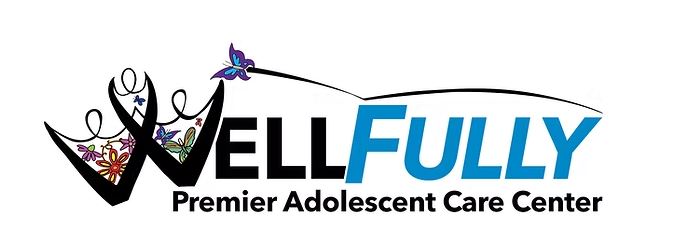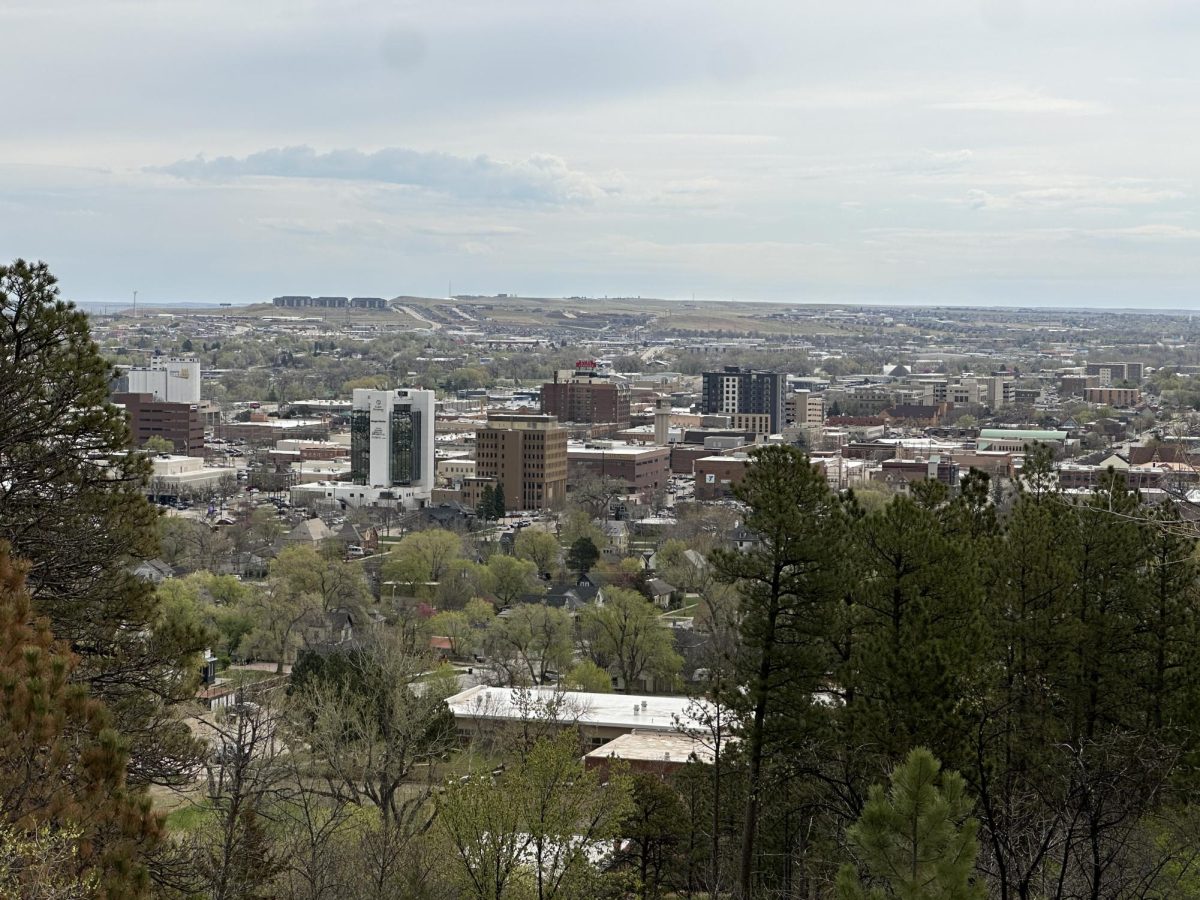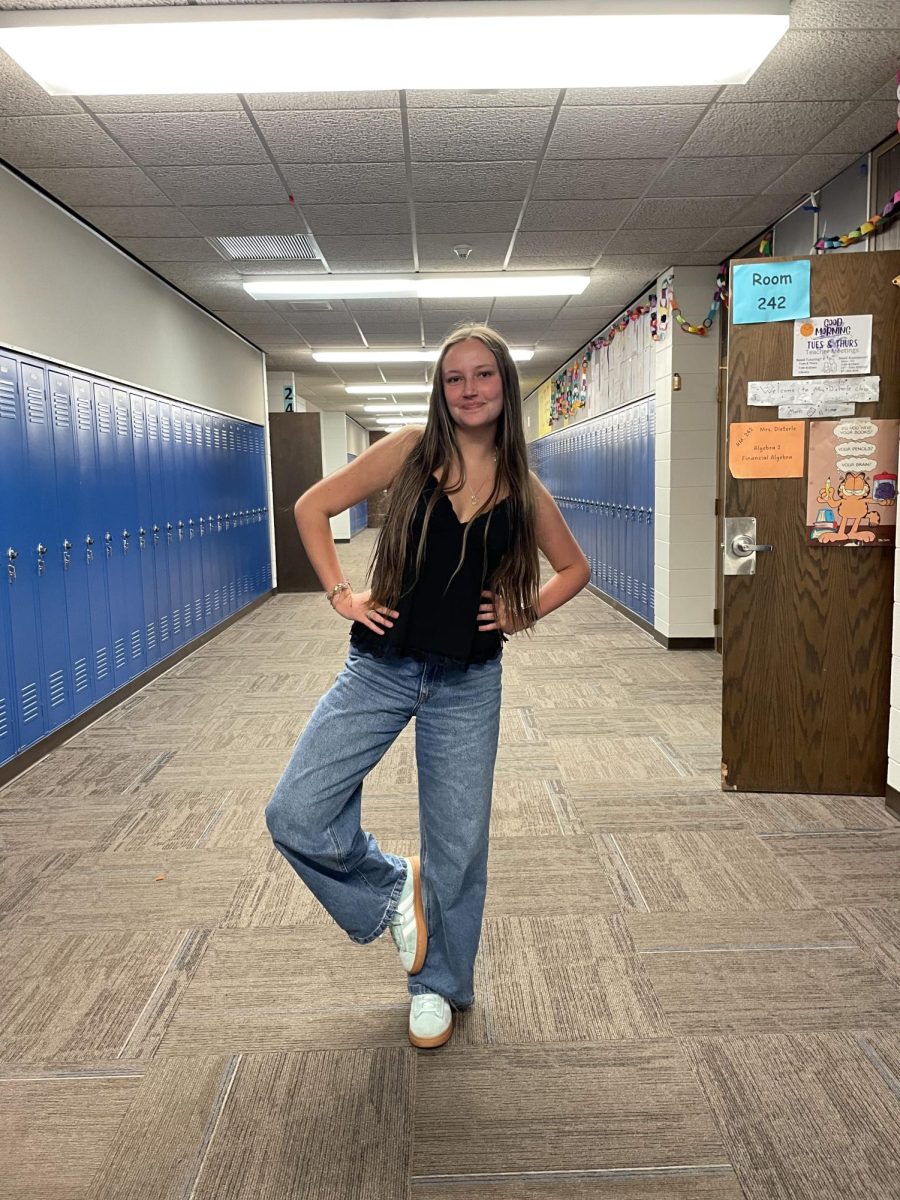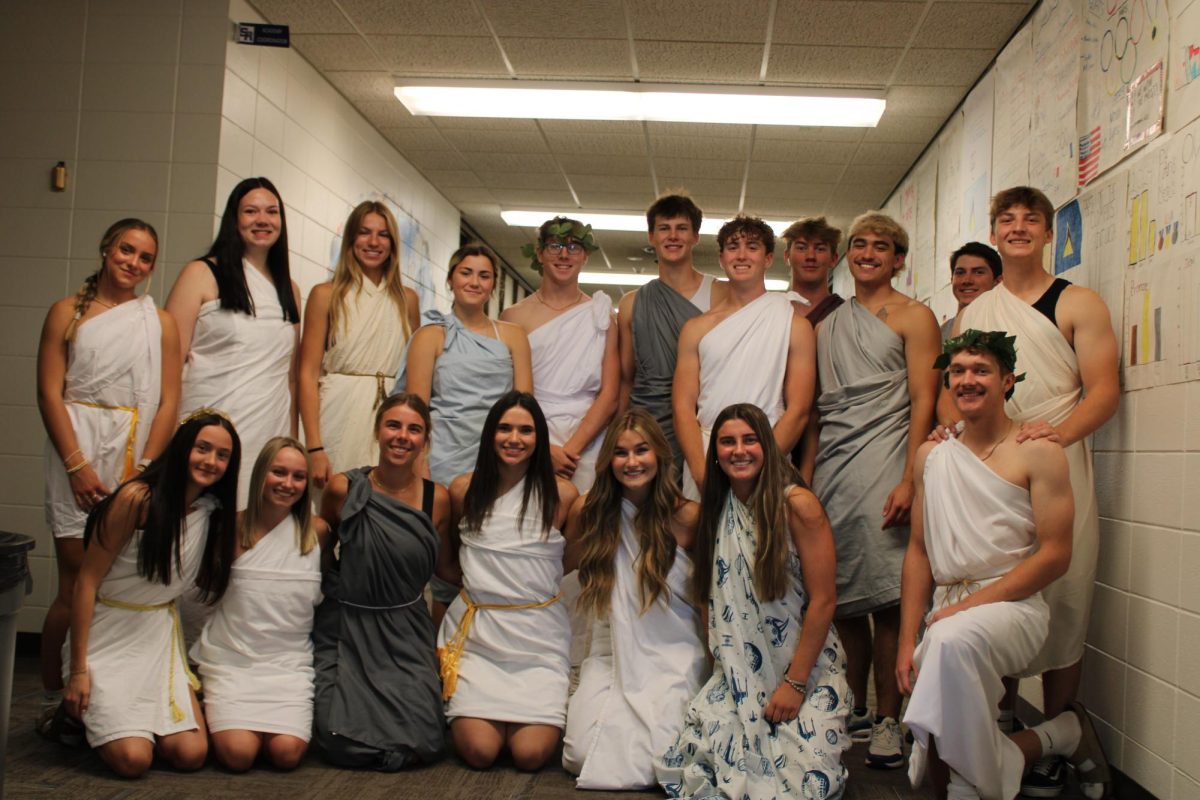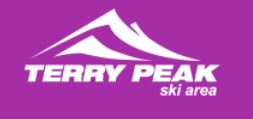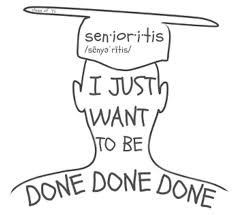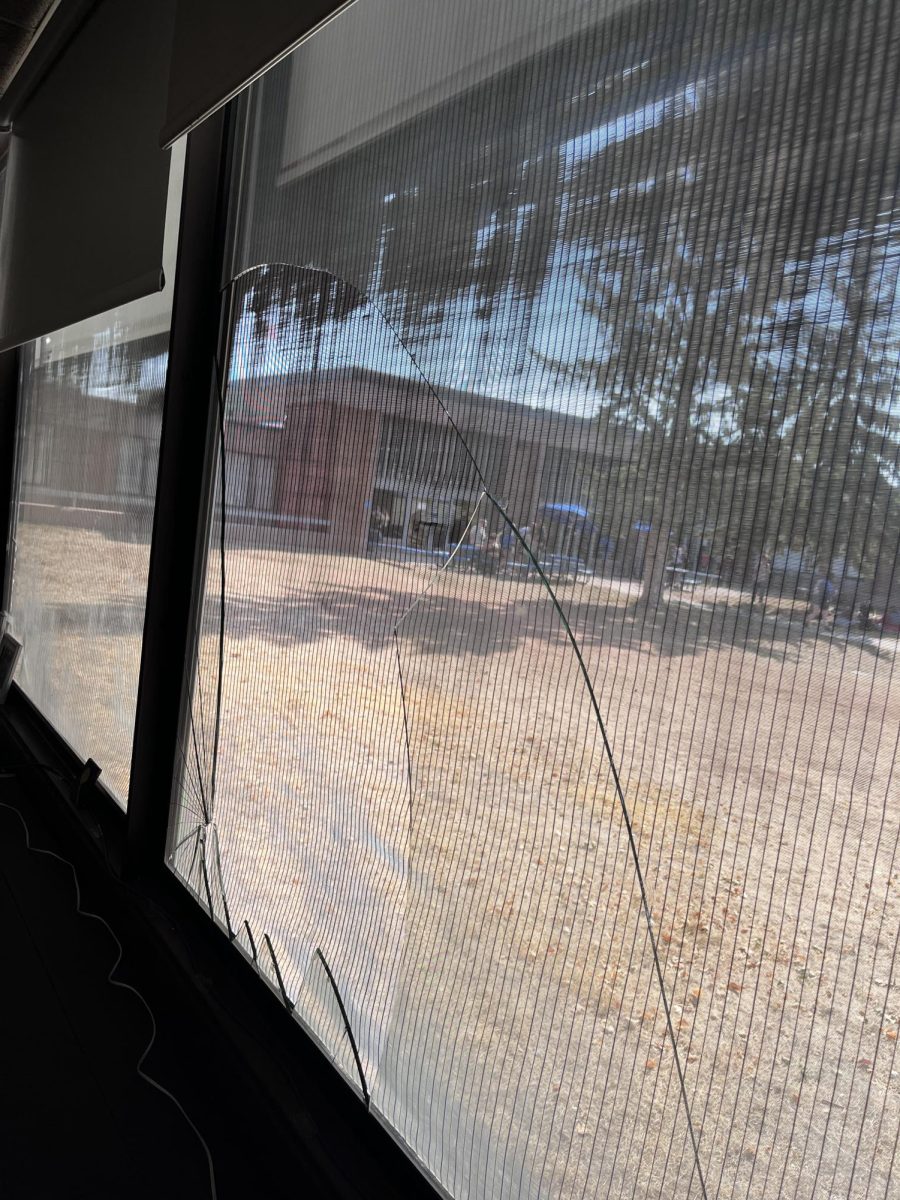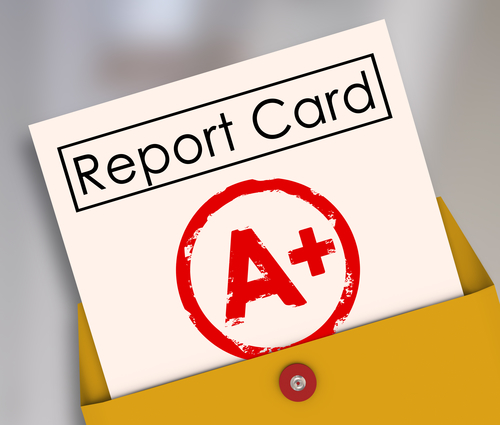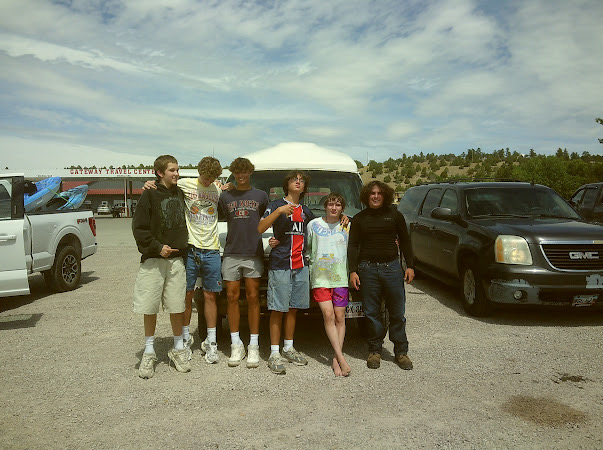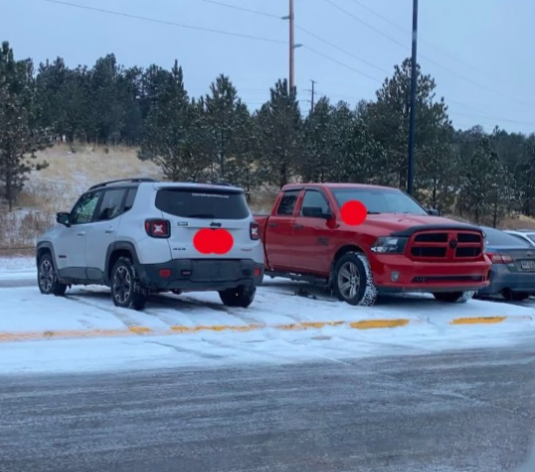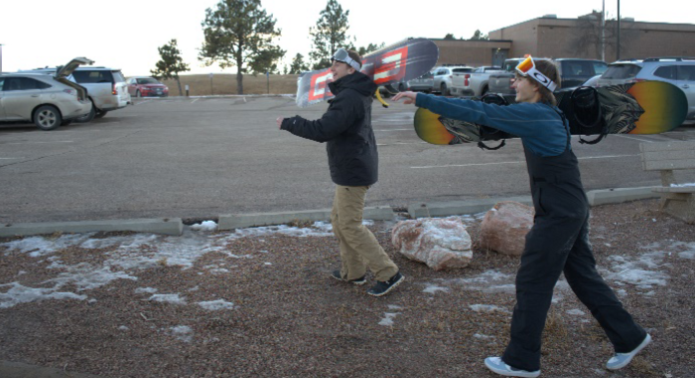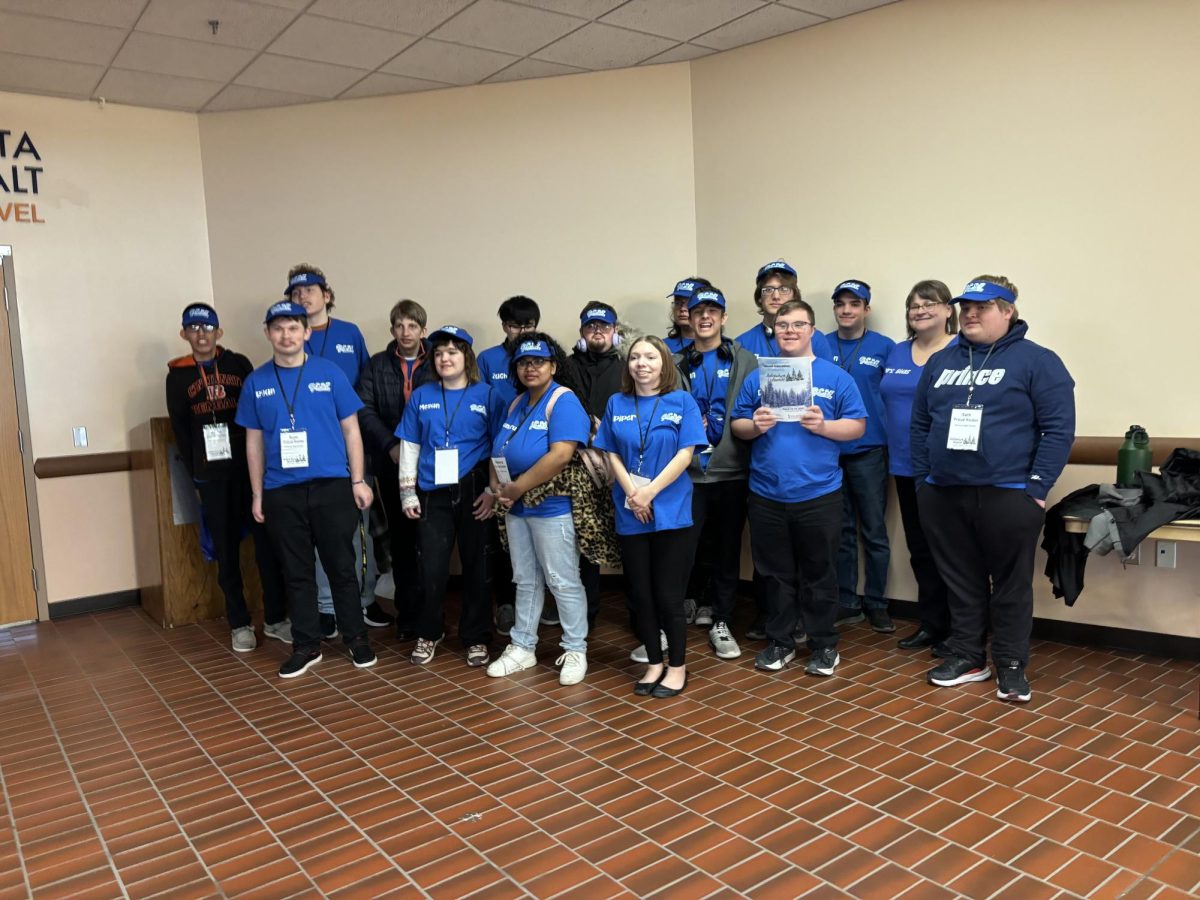Affordable housing is becoming harder to find across the US, with Rapid City being one of many places with high housing costs. I am proposing a project to bring affordable housing to Rapid City, inspired by a Minneapolis plan that has gained a lot of attention.
The Minneapolis 2040 plan is a zoning reform that builds homes and apartment buildings in areas at one time reserved for single-family homes. The goal of the plan is to fill the demand for housing, while bringing rates down with it. So far, the plan has increased the number of available houses, lowered rent prices, and has helped those on tight budgets afford a place to stay.
The Rapid Housing Project
My proposal, named “The Rapid Housing Project,” would eliminate some of the single-family zoning areas, but also take advantage of unused space in many parts of the city. The goal of my project is to make housing more affordable and to help boost the rate of Rapid City’s population growth.
In an interview with Heather Worthington, who was a key part in getting the Minneapolis 2040 plan passed, said, “We took on the hard things, the issues that had been ignored for a long time. But when you move that much cheese, people get angry right from the start.”
Worthington said that “The comprehensive plan is a forward-looking, long-range document. It’s not intended to be what’s happening here today. We used research and policymaking so that we weren’t trying to approach it from a hair-on-fire standpoint.”
What Minneapolis Learned
Minneapolis showed the US that taking risks on a plan can work, but can also come with some community disagreement. The Minneapolis 2040 plan worked because of the amount of research behind it. Worthington States, “It was researched in a deep and meaningful way to better understand what the comprehensive plan could be for the city.”
But this plan wasn’t only about building more housing. Worthington talks about how the plan also addressed racial issues. “Another thing we got right was focusing the plan on racial disparities in the city…Now, in light of the murder of George Floyd, it looks a little prescient. We could never have foreseen that tragedy unfolding, and we got racial disparities and racial equity right.”
Minneapolis is also the first city to use special maps to show the effects of zoning changes in neighborhoods. “We were the first city in the nation to use built-form maps to communicate land use regulation and zoning… It demystified the land use and planning regulations,” Worthington commented.
Community Concerns
Once the plan was approved in Minneapolis, it was plenty controversial with the community. Worthington commented on the backlash by saying that, “Things went off the rails pretty badly pretty early on in terms of our ability to communicate with residents. We didn’t get that chance to strategically frame the work, and we were always playing catch-up.”
Adding on to that, Worthington continues, “Looking back, I think deeper engagement early on might have helped. If we had had more time and space to talk with the community about racial disparities in advance of the work, it would have been more helpful. I would make a space where all residents could engage with a conversation about racial disparities and racial equity.”
So when the citizens of Rapid City are concerned about these new changes, it’s important to be open to new opinions and ways of thinking. Worthington says, “It has challenged people to think differently, and the impact has undoubtedly been greater outside of Minnesota.”
The Future
The Minneapolis 2040 plan has helped show the nation that there are innovative ways to fix the US housing market crisis. Since Minneapolis’ version received over 300 million dollars in funding, I believe that Rapid City could make this plan work with only 150 million dollars of government funding. The plan would pay for itself, as we would make a profit from the sales of the houses. Once approved, my plan would target the lower capita areas of Rapid City, such as Rapid Valley.
If we want Rapid City to grow and become more sustainable, the city needs to open its mind to the possibility of a housing plan. The Rapid Housing Project wouldn’t only be about building more houses, but also about building a future.
